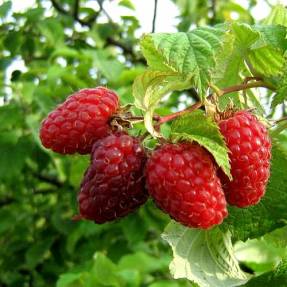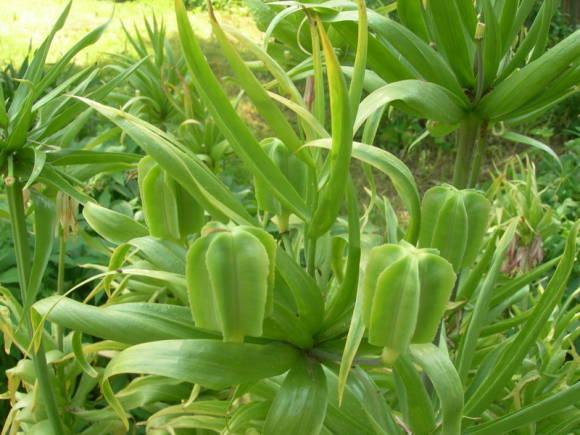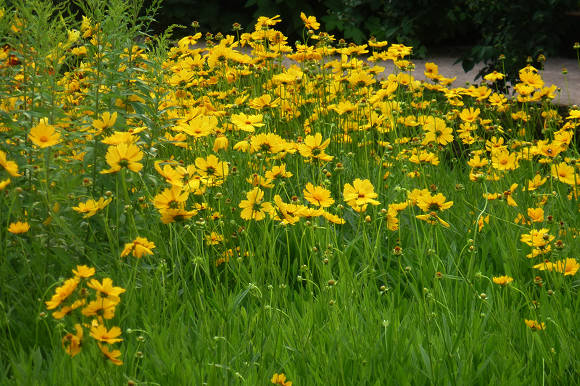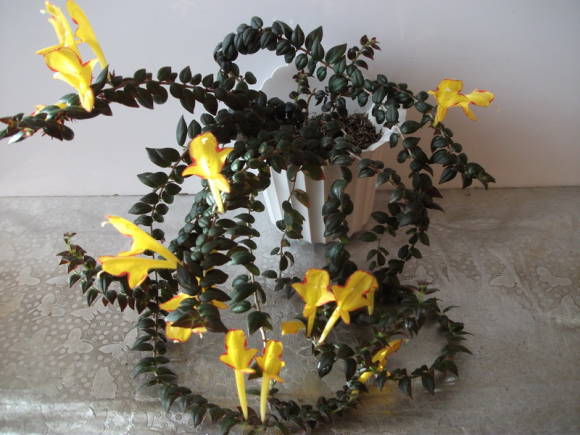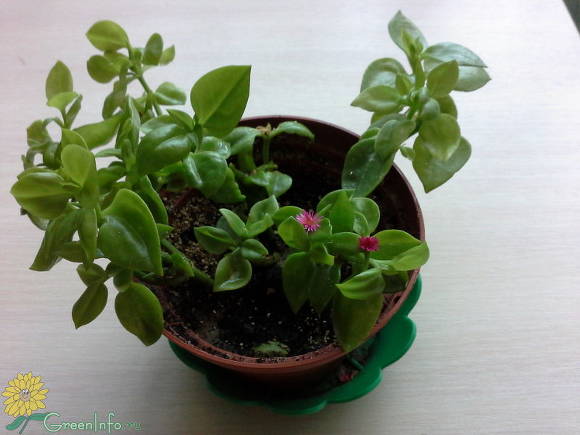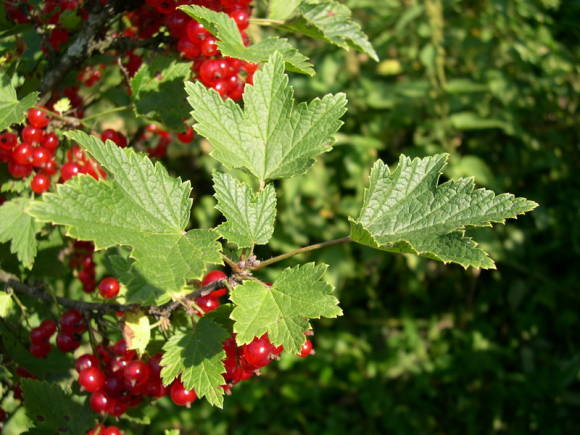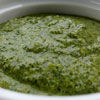No one has yet managed to grow a tropical palm tree in our latitudes. But it turns out that you can pick up something similar, palm-shaped, to replace tropical exotic plants in our gardens, which are far from tropical in climate. There is such a plant. This is Aralia Manchu (Aralia mandshurica), or, according to the new classification, - aralia high (Aralia elata) - fast-growing, but short tree.

She looks really exotic - this is a real miniature copy of a palm tree. Moreover, this is not just a decorative decoration for your site, but also one of the most useful plants on Earth, created by Mother Nature.
In search of plants similar in chemical composition and therapeutic effect to ginseng, scientists have long studied plants from the Araliaceae family, which includes ginseng. And it was the Manchu Aralia that attracted their special attention.
In our country, aralia is widespread in the Far East in the Primorsky Territory, where it grows in mixed and deciduous forests, in clearings and clearings, forming very dense and thorny thickets. Outside of our country, it is found in Northeast China and Korea. But, unfortunately, she is an even rarer guest in our gardens and summer cottages than the Far Eastern actinidia or lemongrass.
Biological portrait
In nature, Aralia grows like a real palm tree, up to 5–5.5 meters high. Its straight, slender and unbranched trunks are especially prominent on the edges, glades and clearings.
In culture, aralia has a thin unbranched trunk with wrinkled bark. A seven-year-old Aralia tree has a height of no more than 2.5–3 meters; at a height of 1 meter, the thickness of the trunk reaches 6–7 cm.
Nature has endowed the aralia with powerful weapons - numerous large, hard and sharp thorns, which are completely strewn with the trunk and branches. They are especially developed in young individuals. For this aralia among the people got its name "thorn-tree" or "devil's tree". It is generally impossible to pass through the thickets of aralia without tearing your clothes.
 |  |
The root system of aralia is located mainly in the upper soil layer at a depth of 10–25 cm and extends from the trunk to a distance of 2.5–3 meters. In some places, the roots of aralia are found even in the forest floor. The roots of aralia are brown on top, and white inside, strongly fibrous.
Aralia is a very fast growing tree. Already at the age of 5-6, it has a powerful, well-developed root system. By the age of 15, many dead roots appear in its root system, and it becomes unsuitable for medicinal use. Therefore, for harvesting the roots, it is necessary to use 7–12 year old trees.
 |  |
In its homeland, the Manchu Aralia tolerates a drop in air temperature in winter to minus 35 degrees, but young aralia seedlings under our conditions can freeze for the first 2-3 years, which is obviously due to their acclimatization in new conditions and sharp temperature fluctuations when severe frosts are replaced by thaws ... Therefore, at this time, they must be protected from severe frosts. When the aralia reaches a height of 1.5 meters, the freezing of the shoots will stop.
The trunk of the Manchurian aralia is crowned with a tent of leaves up to 70–80 cm long, swaying on long petioles. They are large, delicate, complex in structure, and consist of small leaves.
The similarity with the southern palm tree intensifies in summer, when inflorescences rise from the center of this leaf whorl in the form of a spreading complex panicle up to 40 cm long, the branches of which end in small umbrellas of greenish, very small flowers in globular inflorescences, collected in a large complex panicle. Usually 5–7 panicles develop at the top of the trunk, in the center of the leaf whorl.
Aralia blooms at the end of July, starting from the extreme flowers of the panicle, gradually moving towards the center. Usually aralia blooms at 5-6 years of age. Aralia's fruits are black, juicy, spherical, 3-5 mm in diameter.
Aralia is also beautiful in autumn, when the clusters of its small bluish-black fruits stand out effectively and harmonize well with the reddish foliage. Ripe fruits are weakly held on the panicle and gradually crumble from the wind, so you cannot be late with their collection.
 |  |
Cultivation and reproduction
Aralia is propagated by seeds and root suckers, root and green cuttings. To grow aralia, you need a site with light and fertile, moderately moist soil with good drainage. This is a light-loving plant. But it grows well in partial shade, so it can be planted between trees. She is not afraid of open sunny places, but at the same time the edges of the leaves burn a little and curl.
When preparing a site for growing aralia, it is of no small importance to destroy the bear and wireworm, which very strongly affect the roots of the plant, especially at a young age.
Aralia seeds are sown in autumn in grooves 2–3 cm deep with 15 cm spacing between rows and covered with loose soil. But they do not germinate for a very long time. Often the seeds sprout in the second and even in the third year, and all this time the garden must be watered moderately, otherwise the seeds will not sprout at all. Therefore, it is much easier to propagate aralia by root suckers.
Root suckers are formed on the roots at a distance of 50-60 cm from the trunk. In some years, a lot of shoots appear. By autumn, the shoots reach a height of 25–30 cm and are quite suitable for transplanting, since they have a relatively good root lobe. Young plants are very carefully separated from the mother plant and planted in a permanent place.
Aralia can be propagated very easily and quickly by root cuttings. To do this, cut them up to 15 cm long and at least 1 cm thick. Before planting, the cuttings are carefully protected from drying out. They are planted to a depth of 15 cm, watered abundantly, mulched and shaded with shields. After the first pair of leaves appear on the seedlings, they are gradually accustomed to sunlight.

The area set aside for planting aralia is carefully dug up with a turn of the layer so that the roots of the weeds dry out. Planting aralia is best done in rows with a row spacing of 3–3.5 meters and a distance between plants of 2–2.5 meters or along a fence.
Planting holes for aralia are dug 50x50x40 cm in size. The top fertile soil layer is poured into them, adding 1 bucket of semi-rotted manure or compost, 0.5 buckets of coarse river sand, 0.5 cups of nitrophoska and 2-3 cups of ash to it.
Plants are planted at the same depth at which they grew before transplanting, straightening the roots well. Then they are watered and mulched thoroughly. With such a planting, the seedlings take root well and the next year they give an increase of up to 20 cm. Further care of the plants during the growth period consists in light loosening of the soil, moderate watering and removal of weeds.
Annually in the spring, at the beginning of plant growth, it is advisable to feed aralia with urea, 1 teaspoon per tree or slurry, diluting it with water 10-12 times. An excellent top dressing is compost introduced in the fall for digging, 1 bucket per 1 sq. meter.
Collection of medicinal raw materials
For medicinal purposes, the roots of aralia can be dug up from September after shedding the fruits until late autumn. On the roots to be dug, an oblique cut is made, directing it downward, which contributes to faster healing of wounds and faster recovery of the removed roots. Only the roots are dug, the diameter of which is at least 2–2.5 cm.
They are thoroughly cleaned of earth, quickly washed in running water and cut into pieces 5–10 cm long. Roots are dried in the shade in a well-ventilated room or in dryers at a temperature of about 60 degrees.
Useful properties of aralia
Aralia also has another name - "sister of ginseng". And this is really so: she is a very close relative to him. Both of these plants are from the same family and have similar healing properties.
Manchu Aralia roots are a complete substitute for ginseng.They contain glycosidic substances, saponins, resins, essential oils, fatty acids, vitamins C, B1, B2 and others. Recent studies have shown that aralia leaves have a similar effect.
The drug Separal obtained from the roots of aralia, as well as a tincture from the roots of aralia, in official medicine are used as prescribed by a doctor for diseases of the central nervous system, in the treatment of chronic neuralgic diseases and in the initial stages of atherosclerosis.
Aralia tincture improves overall well-being, increases appetite and performance. It is useful after serious illness, physical and mental fatigue, hypotension, impotence. Aralia tincture gives a special effect after a severe flu. In patients with diabetes mellitus, blood sugar levels are significantly reduced.
To prepare aralia tincture at home, you need to grind the dried root strongly, pour 70% alcohol in a ratio of 1: 8, close the dishes tightly and insist in a dark place for 18–20 days. The finished tincture is a clear amber liquid with a rather pleasant taste.
The tincture is taken 25-30 drops 2-3 times a day 10 minutes before meals for 30 days. Then you need to take a break for 15–20 days. With a tendency to high blood pressure, the dose should be reduced to 10 drops per dose.
Remember !!! Aralia tincture prepared at home should be used only under the supervision of the attending physician. And with hypertension, increased nervous excitability and insomnia, it cannot be used at all. It should also not be taken in the evening to avoid disturbing sleep at night.
The positive effect of treatment with tincture of aralia is observed by the end of the second week, sleep improves, efficiency returns. This tincture stimulates not only the nervous, but also the cardiovascular system, increases muscle strength, and improves well-being.

Aralia is widely used as part of medicinal preparations. A significant tonic effect is possessed by a collection consisting of 2 hours of aralia root, 3 hours of elecampane root, 2 hours of oregano herb, 1 hour of mint herb, 2 hours of strawberry herb, 3 hours of nettle herb. To prepare the infusion, you need 1 tbsp. pour a spoonful of collection with 1 glass of boiling water, leave for 30 minutes, drain. Take 0.75 cups 3 times a day 30 minutes before meals.
In diabetes mellitus, a collection is often used, consisting of 2 hours of aralia root, 3 hours of blueberry leaves, 2 hours of beans, 2 hours of flax seeds, 3 hours of oat straw, 2 hours of horsetail herb, 3 hours of root elecampane. To prepare the infusion, you need 1 tbsp. pour a spoonful of the mixture with a glass of boiling water, leave for 30 minutes, drain. Take 0.75 cups 3 times a day 30 minutes before meals.
Aralia is also used in cosmetics. Juice or infusion of leaves and a decoction of aralia roots are added to nourishing creams for any skin. They tone it up, make it velvety and tender. Aralia broth rinses hair to improve their growth.
Based on materials from the newspaper "Ural Gardener"
